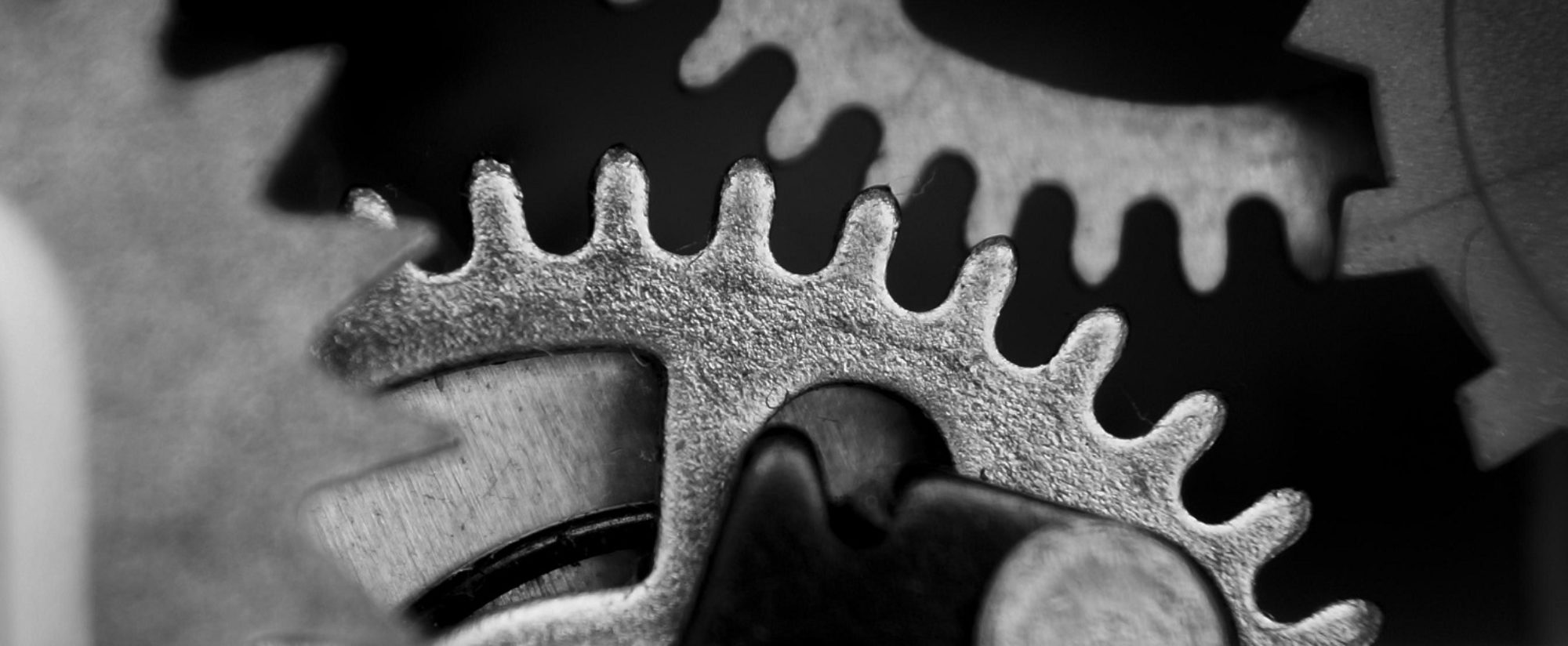Hi and welcome to this post which is part of my series on the Sparks exhibition currently hosted at Esplora in Malta until the 2nd week of September 2017. You can read the rest of the series by viewing the Sparks category.
As the Sparks exhibition tours Europe, each host country also creates a local exhibit featuring a local example of citizen science.
In our case, Malta’s featured exhibit is about the Malta Human Genome Project.

Your genome is the list of instructions that tells your body how to build itself. There’s a copy inside every cell of your body, and it tells what colour your hair and eyes should be, your height, your gender, and lots of other things.
A person’s genome can also contain mutations (changes) that cause diseases such as breast cancer or thalassaemia. Unlike catching a cold, which is caused by a virus entering your body, these diseases are caused by “mistakes” in your genetic instructions.
The idea behind the Malta Human Genome Project is to create copy of a reference (typical) genome of a Maltese person, and then any other Maltese person’s genome can be compared to the typical copy, to see if there are any important differences. Spotting these differences can reveal a lot about a person, including providing clues about whether that person is vulnerable to certain types of genetic diseases.
The reference genome needs to be based on the Maltese population, because typical genomes are different in different parts of the world. For example a typical Maltese genome builds a person who is short with brown hair and eyes, while a typical Scandinavian genome builds a person who is tall, with fair hair and light-coloured eyes. Just as our physical appearance differs, so to the genetic diseases to which we are susceptible (for example the incidence of pernicious anaemia is relatively high in Scandinavia).
If a person has already been diagnosed with a genetic disease, then comparing their genome to the typical genome can provide clues about which particular genes can cause that type of disease.
The Sparks exhibition is all about citizen science, and the Malta Human Genome Project falls under citizen science because people can volunteer to contribute their genome to the project.
For example, there is a particular type of thalassaemia (a blood disorder) which is found in Malta, and it causes low levels of haemoglobin in the blood which greatly affects the person’s quality of life, because the current treatments can have serious side-effects. The MHGP researchers were able to obtain blood samples from members of Maltese families with a genetic mutation that causes high levels of haemoglobin, and they hope that this will lead to a potential treatment for thalassaemia.
Another focus of the MHGP is on heart disease, which is one of the top health issues in Malta.
At the moment it costs about €1000 to sequence a human genome, and the project has around 50 in its records – the plans are to eventually sequence up to 4,000 Maltese genomes, which is around 1% of our population.
The Maltese exhibition features a video showing one of the researchers using an app to compare a Maltese genome to the reference genome and look for differences. The video isn’t very easy to understand, and a crucial part of the recording is missing from the bottom (showing the reference genome) but it’s still very interesting and worth watching a couple of times.

The display case includes some information about the Malta Human Genome Project, and examples of materials and tools used in a genetics lab.

There’s also a table where you can use origami to create a fragment of DNA, which twists around itself in a shape called the double helix. If you missed it and you’d like to try it out, the template and instructions are available online.
If you’re interested in DNA, don’t miss out on the Chemistry section in the top floor at Esplora, where you can join base pairs together and magnetically form your own DNA double helix! There’s instructions on the wall and don’t forget to look up at the ceiling to see a special pool noodle model.




















